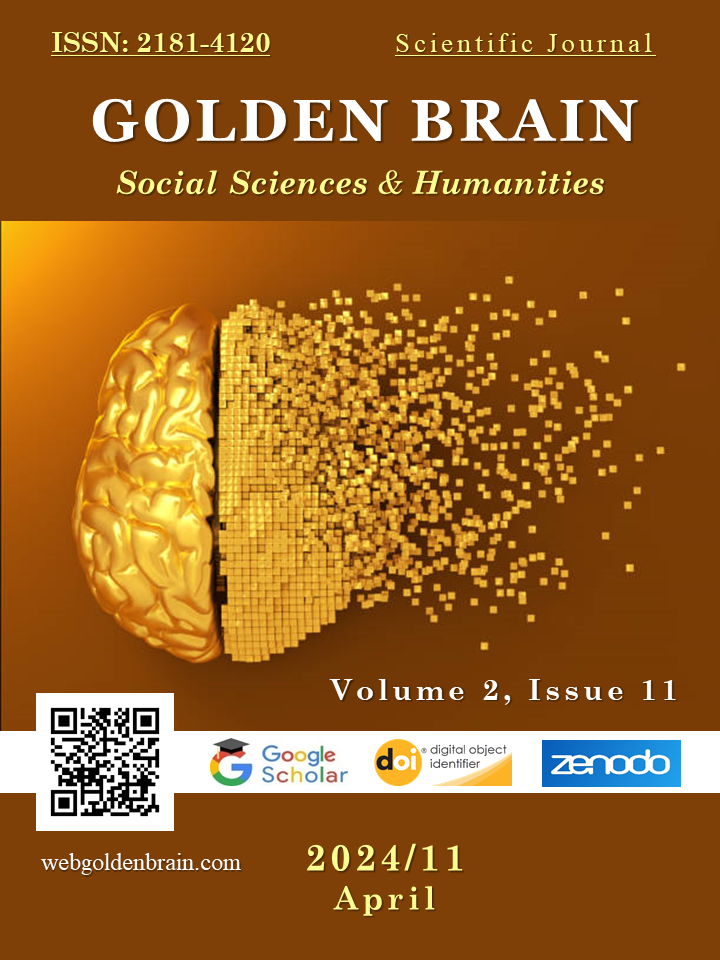COHESION AND PRAGMATICS: INVESTIGATING (IM)POLITENESS STRATEGIES IN EMAIL COMMUNICATION
Main Article Content
Abstract
This study found that ‘(im)politeness’ is not a stable notion. Interactions are constantly renegotiated based on contextual cues. The purposes and (im)politeness meanings of speech acts vary depending on the situation. Interactants’ assessments of an act might be influenced by previous interactions, including norms interpersonal relationships, and background knowledge. The verbal meaning of an act may differ from its context-specific meaning. This study reveals that computer-mediated paralanguages, such as emoticons and written laughing, have a significant role in determining (im)politeness and building intercultural understanding in emails.
The article concludes with suggestions for using email in language teaching and learning. Email correspondences with individuals from diverse backgrounds can help language learners build pragmatic language skills and intercultural understanding. This thesis recommends additional study on the pragmatic functions of paralinguistic cues in computer-mediated communication.
Article Details

This work is licensed under a Creative Commons Attribution 4.0 International License.
How to Cite
References
Brown, P. & Levinson, S. (1987). Politeness: Some Universals in Language Usage.Cambridge: Cambridge University Press.
Gumperz, J.J. (1990). Contextualization and Understanding. In: A. Duranti and C.Goodwin (eds.), Rethinking Context. New York: Cambridge University Press.
Hymes, D. (1974c). The Ethnography of Speaking. In B. Blount (Ed.) Language, Culture and Society. Mass.: Winthrop, Cambridge. 189-223.
Levinson, S. C. (1983). Pragmatics. London: Cambridge University Press.
Ma, R. (1996). Computer-mediated conversations as a new dimension of intercultural communication between East Asian and North American college students. In S.C. Herring (Ed.), Computer-Mediated Communication: Linguistic, Social, and Cross- Cultural Perspectives (pp. 173-185). Amsterda
Khayrieva M.I. THE PROBLEM OF INTERFERENCE IN LEARNING AND TEACHING LANGUAGES // Web of Teachers: Inderscience Research 1 (8), 126
Sproull, L, & Kiesler, S. (1991). Connections: New ways of working in the networked organizations. Cambridge, MA: MIT Press.
Metz, M. J. (1994). Computer-Mediated Communication: Literature Review Of ANew Context.
